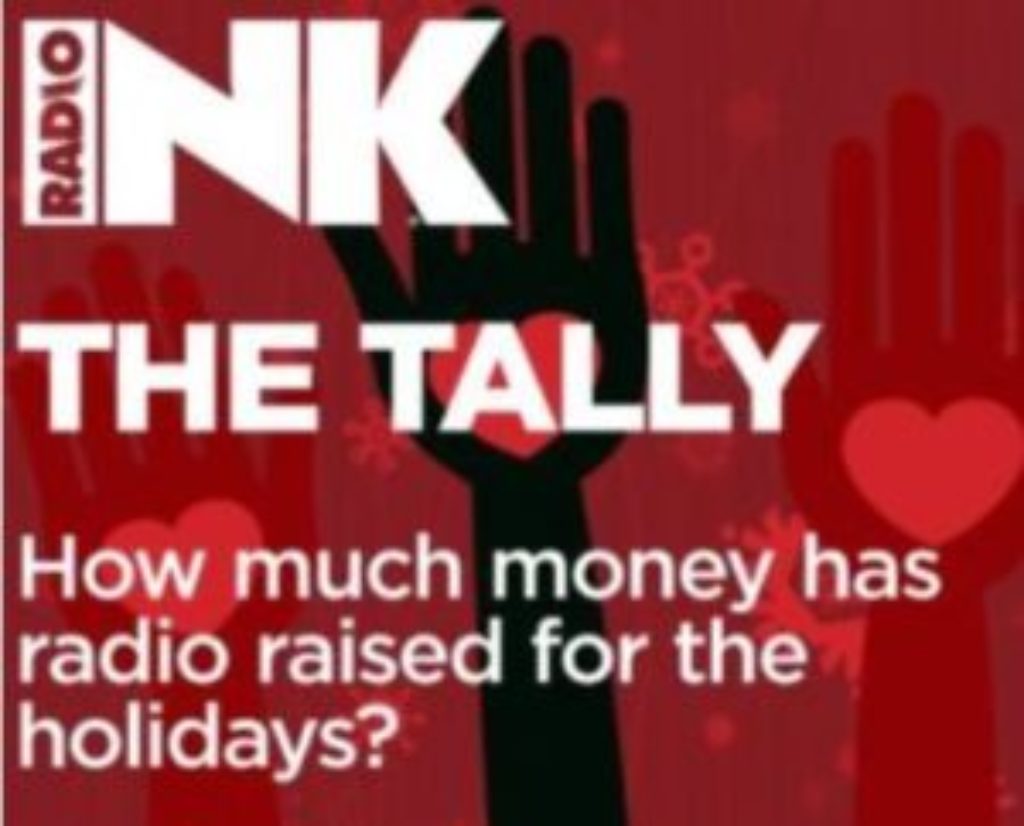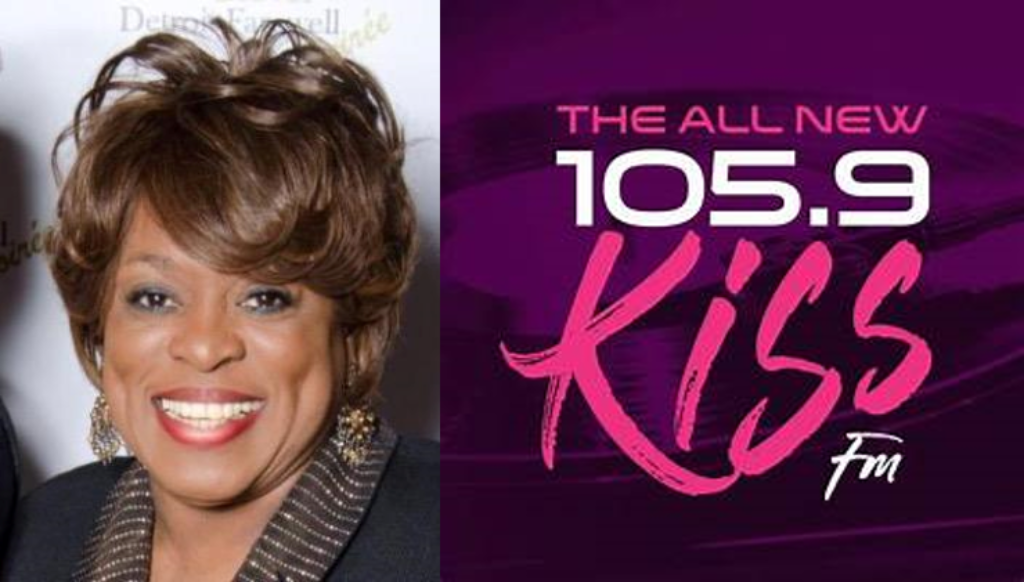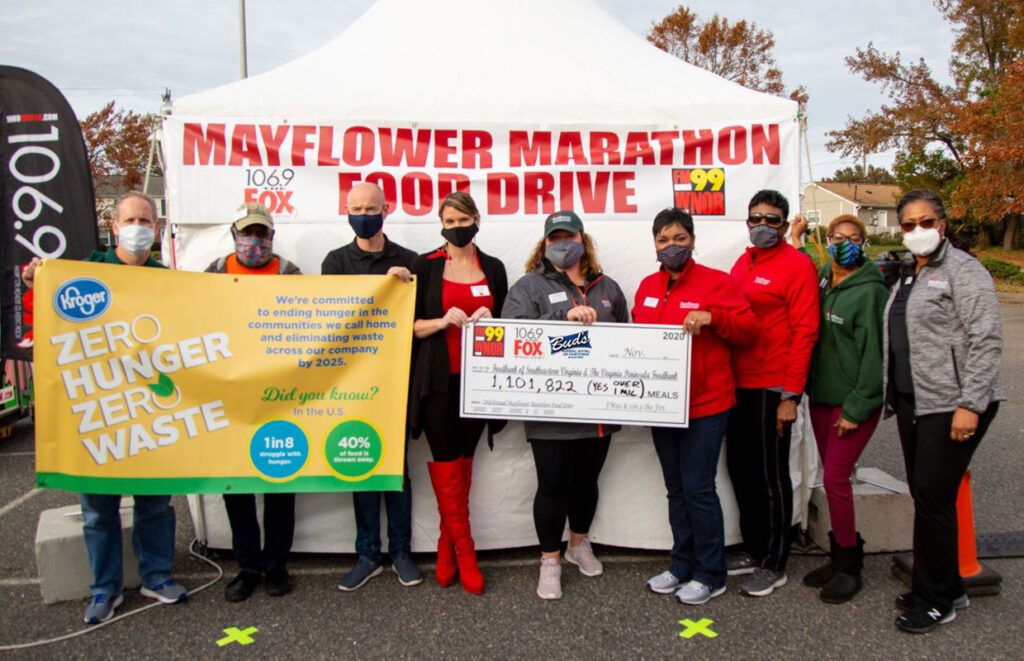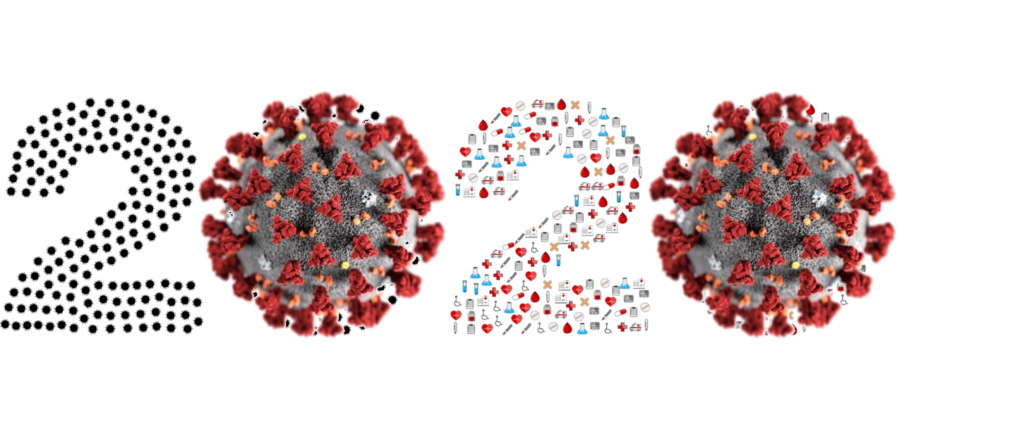
This photo reminded me of the hundreds of Zoom calls I’ve either hosted or been involved with over the past 10 months. If there is such a thing as “Zoom fatigue,” I have it.
But in spite of the tedium of staring at people on screens, where would we have been this year without the virtual ability to connect with co-workers, listeners, and advertisers – not to mention friends and family. Given the continued slippery slope of COVID, I expect we’ll attend many more of these virtual meetups before 2020 comes to a merciful close.
But if this “Year of COVID” has taught us anything else, it’s that our local communities – our neighbors, our local representatives, our hometown merchants, our area hospitals – matter. A lot. We always say they’re the fabric of our communities. This year, we learned just how true that is.
I know that when I’m speaking to clients outside of my home base here in Detroit, the conversations start very locally. What’s going on there? Are people wearing masks? How are the hospitals holding up? What are you hearing from listeners?
Even though most of the U.S. has become a “hot spot,” in recent weeks, many of us have become reintegrated with our communities. In fact, hordes of Americans have left big cities to reconnect with family and friends in suburbs and even faraway places, especially given the flexibility of “work from home.”
It also means we may be more focused on the town – or even the neighborhood – where we live. This refocus on local communities was the focus of a recent One Poll research study of 2,000 Americans on behalf of Vitamin Angels for Giving Tuesday.
And the results – published by the Good News Network earlier this month – speak volumes about how COVID-19 and 2020 have changed our perspective.
Overall, nearly eight in ten respondents (78%) say the pandemic has heightened the importance of giving back to local communities. That’s quite a statement.
When I saw that data point, I flashed back to a study we conducted for Children’s Miracle Network Hospitals this past summer. Conducted among a sample of 87 American radio employees who have participated in past radiothons and fundraisers with the organization, our results mirror the One Poll study.

One Poll also confirms the notion that many people are feeling even more charitable this year, in spite of economic hardships. More than four in ten (42%) say they’ve increased donations this year. Overall, they say they give to an average of four charities throughout the year.
My conversations with the CMN Hospitals team reflects this finding. In many of the radiothons and other fundraising activities they’ve already engaged in this year – especially in recent weeks – many radio stations and groups have surpassed 2019 donation levels – not bad in the middle of a financial crisis.
And COVID-19 has spurred even more charitable activity. A majority of these One Poll respondents (57%) plan to increase holiday giving this year, thanks to the pandemic.
As Howard Shiffer, founder and president of Vitamin Angels commented, “Communities in the U.S. and around the world were already vulnerable before COVID-19, and now is the time when they need us most.”
Scanning radio trades these past several weeks reveals stations are doing much more than playing holiday music this season. In fact, the list of radio companies, clusters, and stations overcoming the technical difficulty of fundraising during a pandemic appears to be growing. In all sized markets, and among all formats, broadcast radio has stepped up big-time in 2020.
Ed Ryan and Radio Ink are tallying the industry’s giving to  local causes. As of this morning, their tracking shows that north of $17 million has already been raised, halfway to 2019’s total take of $31 million.
local causes. As of this morning, their tracking shows that north of $17 million has already been raised, halfway to 2019’s total take of $31 million.
Some of the fundraising is what you’d expect – local community hospitals (especially under stress because of COVID) and food banks (thanks in large part to the millions of Americans suffering from “food insecurity” this season).
But there has also been more creative fundraising, targeting area needs. Beasley’s KISS-FM in my home market of Detroit just wrapped up a sleeping bag promotion to support the homeless.
Weekend host (you read that right) Mildred Gaddis  spearheaded the effort with McDonalds, the UAW, and the EMG Foundation that raised more than $40,000.
spearheaded the effort with McDonalds, the UAW, and the EMG Foundation that raised more than $40,000.
As Gaddis reminded everyone in radio, “I believe no matter who we are, the fact that we exist demands and requires that we serve humanity,”
Not to be outdone, Saga’s FM 99 and The Fox in Hampton Roads, VA – a couple of stations on my company’s resume – hosted their 24th annual Mayflower Marathon For Meals. Yes, I remember the first one.
 This year, the rock radio duo – under the direction of Mike Beck – raised donations for more than one million meals for area food banks.
This year, the rock radio duo – under the direction of Mike Beck – raised donations for more than one million meals for area food banks.
Then there are the troops. While they haven’t been in the news lately – thanks to COVID and a hot election – their unsung contributions around the U.S. and the world need to be honored not just on Veteran’s Day.
Leave it to KSLX’s Mark & NeanderPaul, a local morning show that has made supporting those in uniform part of its mantra. And support comes in many forms – not just money.
Working with Military Assistance Mission, an Arizona-based organization whose  mission is it to support hometown heroes with financial and moral support, the goal is asking listeners to send 10,000 holiday cards to service men and women from the area – another way radio has stepped it up this season.
mission is it to support hometown heroes with financial and moral support, the goal is asking listeners to send 10,000 holiday cards to service men and women from the area – another way radio has stepped it up this season.
These local community efforts are a prime part of broadcast radio’s larger narrative about the difference this medium makes in people’s lives.
It should also be said these activities also have an unintended benefit – they make radio station managers and staffers feel more vital and engaged. The isolation of COVID has impacted those who work for local stations in profound ways. Watching the team come together – even virtually – to rally around a great local cause is a reminder of radio’s service and impact.
Aside from reminding advertisers and audiences about the value and impact of local radio, many broadcasters could use this end of the year breather as a time to reflect on just how important this notion of local truly is for this medium.
While there may be economic upsides to “hubbing” programming, production, and sales, as well as consolidating services and staff, the effect on radio’s ability to truly deliver a strong local product and service have become obvious. It is exponentially more difficult to sound and act local when you can count the number of local staffers on one hand.
In this year of COVID, we have been reminded of radio’s resilience. We have also witnessed the  importance of its local DNA on distinguishing the medium from the growing list of competing channels, platforms, and wannabes.
importance of its local DNA on distinguishing the medium from the growing list of competing channels, platforms, and wannabes.
I urge all stations that have contributed to this great radio story in 2020 to archive their results. The next time someone asks, “Who listens to radio anymore?” or “Why radio?” the response should be resounding and resolute.
In spite of a pandemic, natural disasters, and a cruel business climate, radio cares about its local communities. This year, most radio stations were there when people needed it most.
That’s why.
- Media And Technology In 2025: Believe It Or Not! - April 18, 2025
- In Radio, You Just Never Know - April 17, 2025
- The Secret To Making A Great Podcast (And Great Radio) - April 16, 2025




Thank you for shining a light on radio’s passion and commitment to the communities we serve.
There is no question that local radio has a unique power and responsibility during good times and not-so-good times that goes unrecognized by many who benefit from it.
However, to be meaningful and successful we need to stop thinking of fundraising and community engagement as a “promotion” and make this is a pillar of our identity as a station and as a team. This also means stepping out of our comfort zones, loosening our grip on the programming reigns and focusing on maximum impact for the cause.
After 9/11/01, our team at CMG Long Island took bold moves to adapt to the evolving situation and made dramatic personal and professional sacrifices to support our mission, as we did after Hurricane Sandy and other disasters that impacted our listeners. These were not made with format, ratings or revenue in mind, but knowing in our hearts that we were doing the right thing and listeners responded with overwhelming positivity and gratitude that remains to this day.
Communities need local radio and vice versa. Let’s make sure we’re giving back with everything we’ve got and don’t forget to tap into that passion that got us into this business in the first place!
Jason and Fred,
The example of Hurricane Sandy is a super-local story that will resonate with listeners for years. Almost like planting a flag with them that they regard whenever they hear the station or see a bumper sticker.
I was recently reminded of how a local station can touch listeners even when the cause is far more meta, like health. 101.7 The Bull was doing their St. Jude’s Hospital day of caring, and I saw a posting on social media and thought I’d drop in. I ended up making a donation after they played my request – all of a sudden I was the teenager again seeing if they were really paying attention. Plus, I got a corporate station to air the Dixie Chicks! Point is they localized it for me, and made me want to be part of the greater good.
Two PD’s who changed my life through local community involvement were Kevin Straley and Buzz Knight. Straley urged me to visit people in person (remember when), so instead of just calling to find out what was happening in Dorchester, I met with the publishers of the Dorchester Reporter newspaper at their offices, and then brought them on the air. We talked about neighborhood issues and brought radio into the community. Buzz had us adopt a local organization, and so Boston’s Autism family invited me into their world. It had a profound impact on me that has stayed with me 20 years later. Radio – get involved, and keep in touch. It really matters.
Tai, your stories resonated with me. As I’m learning first-hand with my experiences with Children’s Miracle Network Hospitals, impact on local communities (especially hospitals) can be profound. And your Kevin Straley and Buzzz Knight lessons would serve all of us well today. It is about connecting with real people – listening to them and taking the time to hear their stories.
When we encounter those who are trying to do good in their communities. I was introduced to Father Bill Ayres when I worked for ABC in the 1970’s. I continue to give to his World Hunger Year organization. And at WRIF several years later, I was moved by the Capuchin Soup Kitchen here in Detroit. I wouldn’t think of missing a year to support them.
As you say, it really matters.
Jason, this is an important comment about local service, authenticity, sacrifice, and commitment. You are correct that believe in your mission has to be at the foundation of your efforts, or you’re wasting the time, energy, and generosity of your staff and listeners.
I also would direct you to my response to Tai Irwin, which continues along the same theme.
I’ve been thinking about this subject matter a lot lately, even more so after seeing an article in the NY Times that said tourism may not fully recover in NYC until 2025.
Tourism in NYC relies heavily on international visitors, who stay longer and spend much more than domestic visitors, and I hope that the city’s tourism promotion agency, NYC & Company, will look to radio as the way to spread the word that NYC is open for business, and tourists, again.
Hopefully, Matt, radio will be one of the tools used. As we’re seeing in these political races (like the GA runoff), TV is primary, but radio can get by just fine being secondary.